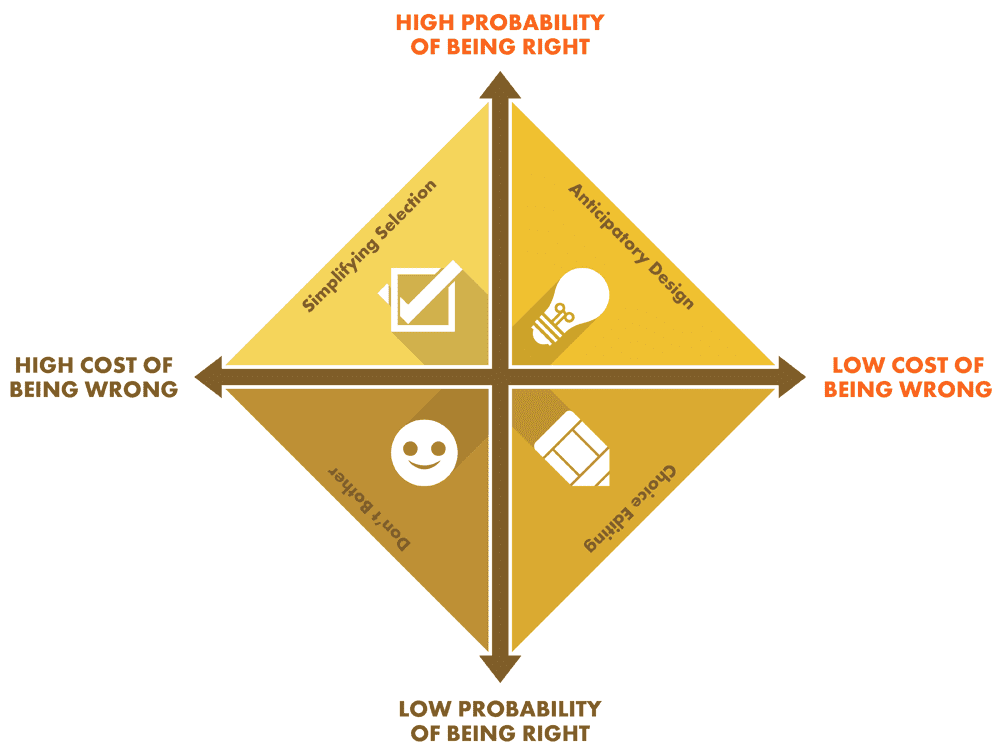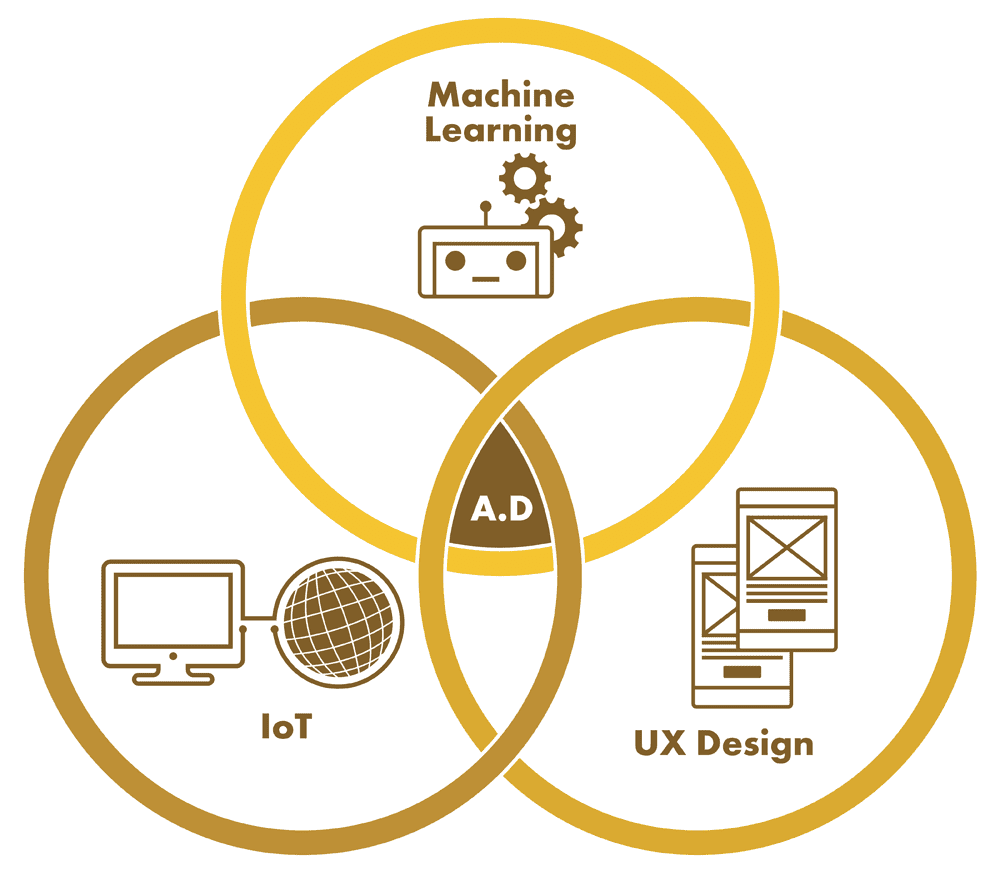Please note that this blog is archived and outdated. For the most current information click here!
Anticipatory Design: The Future of UX Design
The Industrial Revolutions of 1760 and 1820-1840 were complete game changers. An economic and social order thousands of years in the making was remade. The economy, society, culture everything became centred around industry.
Today we are living through a data revolution that's no less important than the Industrial Revolutions. In this "Information Age", data has taken industry's place at the centre of all things.
Every day data is collected and analysed. Collectively, Google, Amazon, Facebook and Microsoft have collected more than 1,000 petabytes (1,000,000,000 gigabytes) of data.
But what good is data? Are businesses and governments collecting data without rhyme or reason? No. Data is driving innovation and change worldwide, especially in user experience (UX) design.
Anticipatory Design
Perhaps the next big thing in the realm of UX is Anticipatory Design: design that's one step ahead and anticipates end user behaviour and preferences.
Imagine a website, which knew you liked reading reviews by industry experts, automatically responding to your inclinations by linking to expert reviews. Meanwhile, someone else, who only cares about price, is shown price comparisons between the site and its competitors. In both cases, the (presumably positive) UX is the product of an anticipated and responsive design.
This is what Anticipatory Design is at its core: a process wherein data-driven decisions are made on behalf of end users.
Data Driven Design: The Probability of Being Right/Wrong
Anticipatory Design is commonly used to streamline processes. You have almost certainly experienced this. When Spotify suggests a song, it's not shooting in the dark, it's making an educated guess based on your habits and history. It's anticipating what songs you could like.
Anticipatory Design has cousins in selection simplification and choice editing. Sophie Kleber of Huge Inc. plots these typologies of automatic curation on a cartesian plane, with one axis representing the probability of bring right and the other axis representing the cost of being wrong.

Anticipatory Design comes with certain risks, which is why it could be correct to engage in selection simplification and choice editing, or nothing at all in some cases, instead.
However, with the rise of the Internet of Things and machine learning, data and our ability to analyse it is growing at an awesome rate. Simultaneously, people are becoming increasingly accustomed to big brother and more open about sharing personal data when they see value in it.

We live in a world where machines can beat humans at board games like Chess and Go, and even at trivia games like Jeopardy. Machines can even recognise patterns in images. For example, SearchInk can read handwriting. A more mainstream example of machine learning of imagery is Facebook. Ever wondered how Facebook can recognise your face? The answer is machine learning. Tag a face as yours enough times and Facebook will learn which patterns make up your face.
Couple the potential of machine learning with the equally impressive potential of IoT and Anticipatory Design seems inevitable. The IoTs consists of 4.9 billion connected things ranging from cars to thermostats. Both the number and the range of connected things is increasing. A new survey from Intel and Penn Schoen Berland suggests 70% of people would be willing to use a smart toilet if it would mean lower healthcare costs.
With more data and processing power, Anticipatory Design is becoming less a mirage on the horizon and more a question of design.






